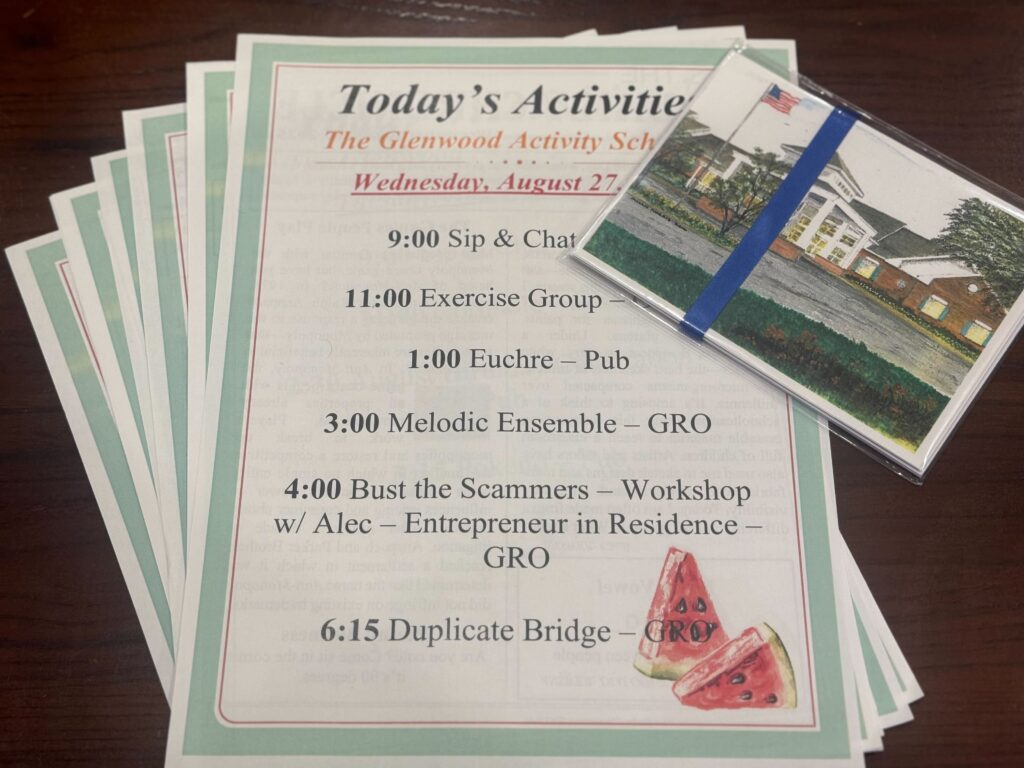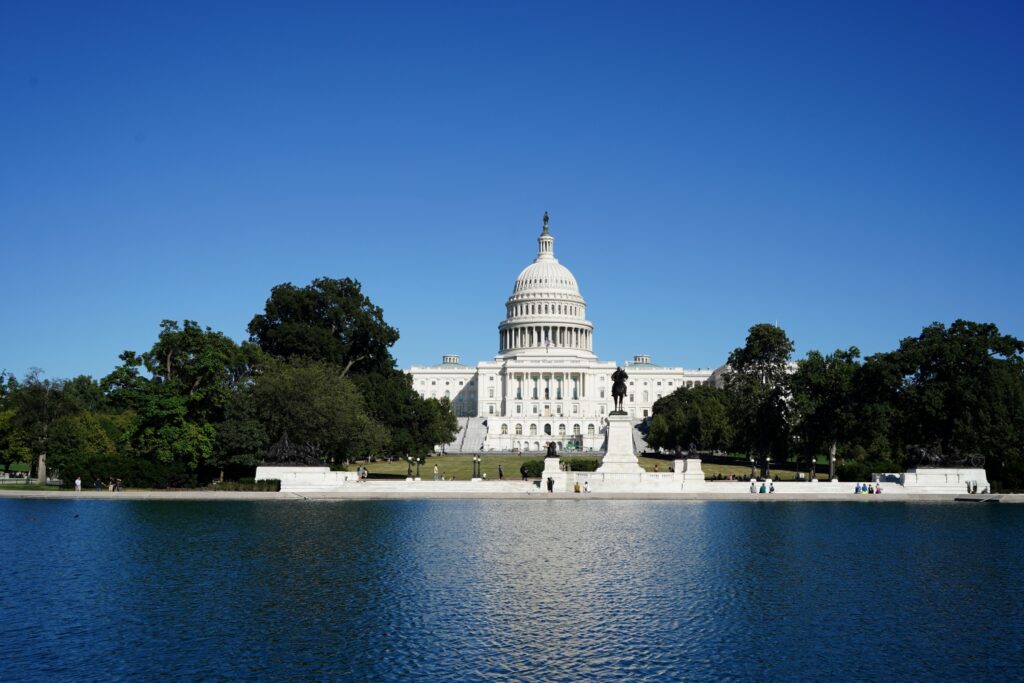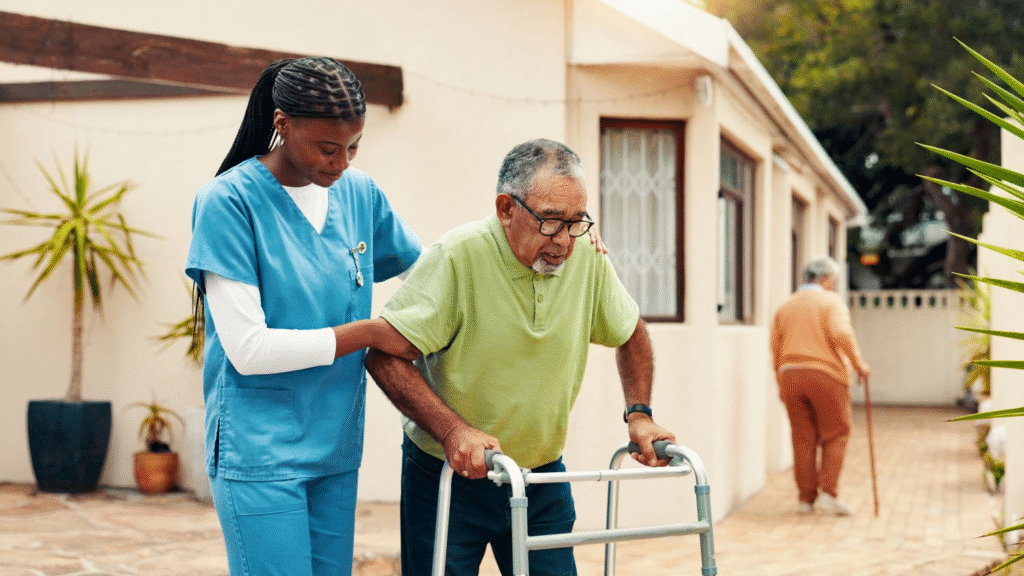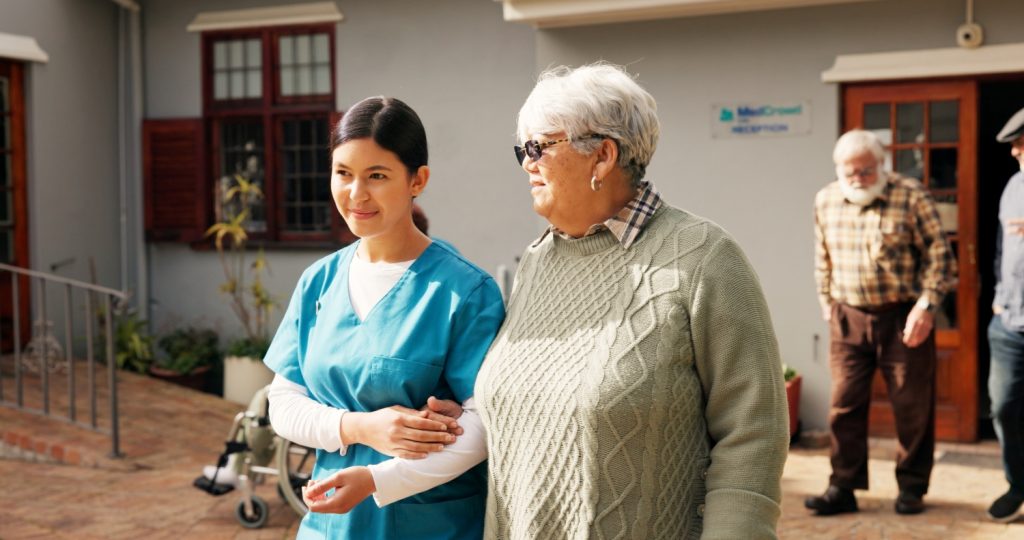In an era often defined by pessimism about aging populations and rising chronic disease burdens, the concept of the longevity dividend, first popularized by S. Jay Olshansky, and more recently by Andrew Scott and Hania Dawood Piot, offers a more hopeful and strategic lens. At its core, the longevity dividend refers to the economic and social gains that result when people live longer, healthier, and more cognitively capable lives. But its realization hinges on a crucial distinction: not just adding years to life but adding life to years—maintaining cognitive and physical vitality, productivity and independence into later decades. Seizing this opportunity hinges on fueling the engine of this dividend, the human brain.
Our brain is our human operating system—the seat of our focus, creativity, memory, decision-making, and emotional regulation. Our brains shape everything from our immune system to our cardiovascular function to the behaviors that sustain health. Protecting brain health is not just a mental or neurological health issue—it’s a whole-body strategy for resilience, recovery and longevity.
It is on this foundation that the “brain economy” has given rise. The brain economy refers to a system where human brain power—including cognition, emotional regulation, creativity, adaptability and mental health—is the primary driver of economic productivity, innovation and resilience.
The brain economy isn’t just part of the longevity dividend—it’s the key to maximizing it. For governments, employers and investors, the path to sustained economic growth in an aging society runs directly through the human brain. Building the brain economy requires a systems approach that includes foundational pillars:
- A lifespan lens
- Workforce development
- Investments in neuro innovation
- Alignment of measurement, policy and governance
Investing in Brain Health Across the Lifespan
Brain health—including mental, neurological, and cognitive well-being—must be recognized as a high-yield investment in human capital from early childhood through older adulthood. Cognitive resilience plays a pivotal role in shaping educational achievement, workforce participation and longevity outcomes. Brain-related conditions such as depression, Alzheimer’s disease and ADHD are growing public health and economic threats, contributing to reduced productivity, increased healthcare costs and diminished quality of life.
‘Employers who prioritize cognitive well-being are better positioned to thrive in a knowledge-driven economy and foster inclusive, multigenerational workplaces.’
Prioritizing brain health across the lifespan also requires attention to key stages and populations—including women’s health during the maternal and menopausal transitions, and the mental health of youth facing rising rates of addiction, anxiety, depression and early psychosis. These challenges are particularly acute in historically underserved racial and ethnic communities, in which systemic inequities and chronic stressors compound risks to brain health. Elevating these life-stage and equity-focused priorities brings broader meaning to a life-course approach and helps engage critical and often underrepresented segments of society.
The longevity dividend—longer, healthier, more productive lives—depends on protecting and cultivating brain health throughout the lifespan.
Building Brain Skills for the Future of Work
Investing in brain health is a strategic imperative for employers seeking to boost productivity, innovation and workforce resilience. The Business Collaborative for Brain Health is leading this charge, offering tools like the HERO Health Brain Health Best Practice Score, which helps organizations assess and enhance cognitive well-being initiatives. Proactive investment could unlock $12 trillion in economic value for companies. As the workforce ages and cognitive demands intensify, brain health becomes essential to sustaining performance, reducing absenteeism, and retaining talent. Employers who prioritize cognitive well-being are better positioned to thrive in a knowledge-driven economy and foster inclusive, multigenerational workplaces. Brain capital is business capital.
Advancing Brain Capital Through Innovation
Neuroinnovation is essential to enhancing brain capital in later life, for improving screening, prevention, diagnosis, and treatment, especially amid a critical shortage of clinical neurologists in the United States. Emerging technologies—digital therapeutics, AI-assisted diagnostics, biopharmaceuticals and neurotechnologies—offer scalable, personalized solutions that extend care beyond traditional clinical settings. Venture capital investment in neurology has surged, as highlighted in JAMA Neurology, reflecting growing confidence in this sector’s transformative potential. Neurotechnologies, in particular, are advancing at a pace akin to Moore’s law, the principle that the speed and capability of computers can be expected to double every two years, enabling rapid iteration and deployment of brain health tools.
‘By investing in brain capital across the life course, societies can foster longer, healthier and more economically active lives.’
Examples of brain capital innovation include Cognito Therapeutics, whose non-invasive neuromodulation device uses gamma-frequency light and sound to slow Alzheimer’s progression—a breakthrough that earned an FDA Breakthrough Device designation. The U.S. Army is funding a novel “sleeping cap” project that aims to clear metabolic waste from the brain via the glymphatic system. Using ultrasound technology, the device noninvasively measures, modulates, and stimulates cerebrospinal fluid flow to help prevent neurodegenerative diseases. Meanwhile, new venture funds likeBlue Ash Ventures are explicitly investing in tools and technologies designed to accelerate the brain economy and build cognitive resilience.
Aligning Measurement, Policy, and Governance
Both national and regional economic ecosystems are pivotal to advance the brain economy transition by aligning assets—talent, infrastructure and innovation—with brain health priorities. Greater Houston exemplifies this momentum. At the recent Brain Economy roundtable, leaders unveiled a bold vision to position Texas as a global hub for brain health, backed by the Center for Houston’s Future and its Vision 2050 strategy. This initiative integrates neuroscience, workforce resilience and cognitive innovation across sectors. A cornerstone of this effort is the Dementia Prevention and Research Institute of Texas (DPRIT), a pending $3 billion state investment poised to catalyze breakthroughs in brain health and economic growth. Such regional leadership is essential to scale brain capital strategies and model systemic transformation for other cities.
The World Economic Forum Brain Economy Action Forum was recently launched with the McKinsey Health Institute and convenes a dynamic group of stakeholders globally to put the brain economy at the center of global dialogues and drive action toward sustainable economic growth and societal well-being. A WEF Brain Economy Insights Report will be published in January 2026 at the next Annual Meeting in Davos, Switzerland.
Another aligned geographical approach reimagines environments to promote health span and cognitive vitality across the lifespan. As outlined in the recent Milken Institute report, Shaping Environments to Shape Us: The Case for Longevity Cities, this model addresses the challenges of aging populations by aligning urban planning with brain health, climate resilience, and social cohesion. The approach integrates smart infrastructure, green spaces, and community-driven design to foster well-being and economic participation. Supporting this vision, the newly launched Building Brains Coalition brings together architects, neuroscientists and public health leaders to implement brain-healthy design principles across U.S. cities. Its goal: to create environments that nurture cognitive resilience, emotional well-being and innovation—cornerstones of a thriving longevity economy
Toward a New Social Contract on Aging
The aging of populations is not a temporary trend—it’s the new normal. If societies fail to adapt, the risks include increased inequities, intergenerational tension and lost potential. By investing in brain capital across the life course, societies can foster longer, healthier and more economically active lives—transforming aging from a fiscal burden into a driver of collective prosperity.
The longevity dividend depends upon coordinated investment in health, education and economic participation. The brain economy offers a blueprint for delivering this vision—with science, compassion and pragmatism. It empowers individuals to thrive longer and empowers societies to prosper more equitably and broadly.
Harris Eyre, MD, PhD, is the Harry Z. Yan and Weiman Gao Senior Fellow for Brain Health and Society at Rice University, in Houston, Texas. Kelly O’Brien, MPA, is Vice President for Prevention at UsAgainstAlzheimer’s in Washington, DC. George Vradenburg is the Founding Chairman of UsAgainstAlzheimer’s and the Davos Alzheimer’s Collaborative.
Photo credit: Shutterstock/Ground Picture













